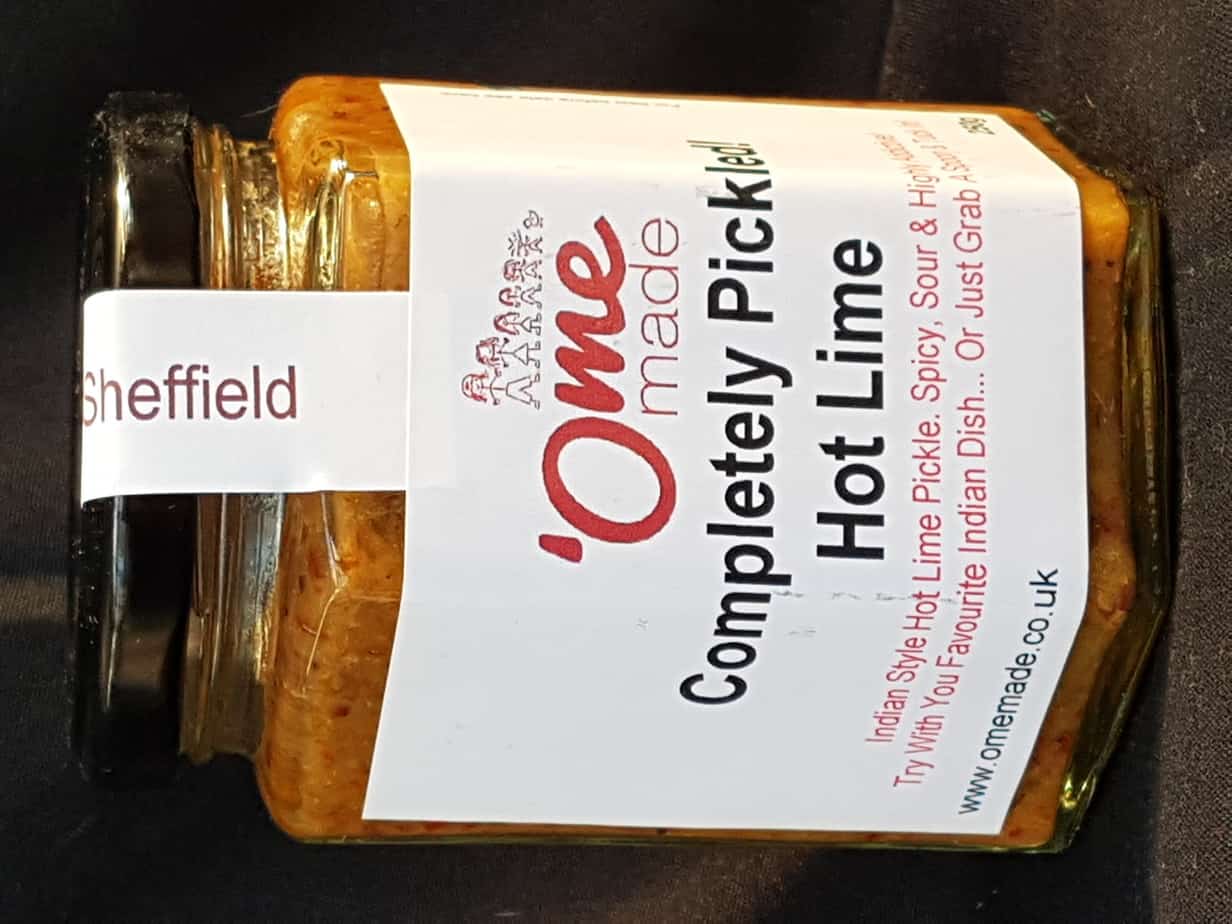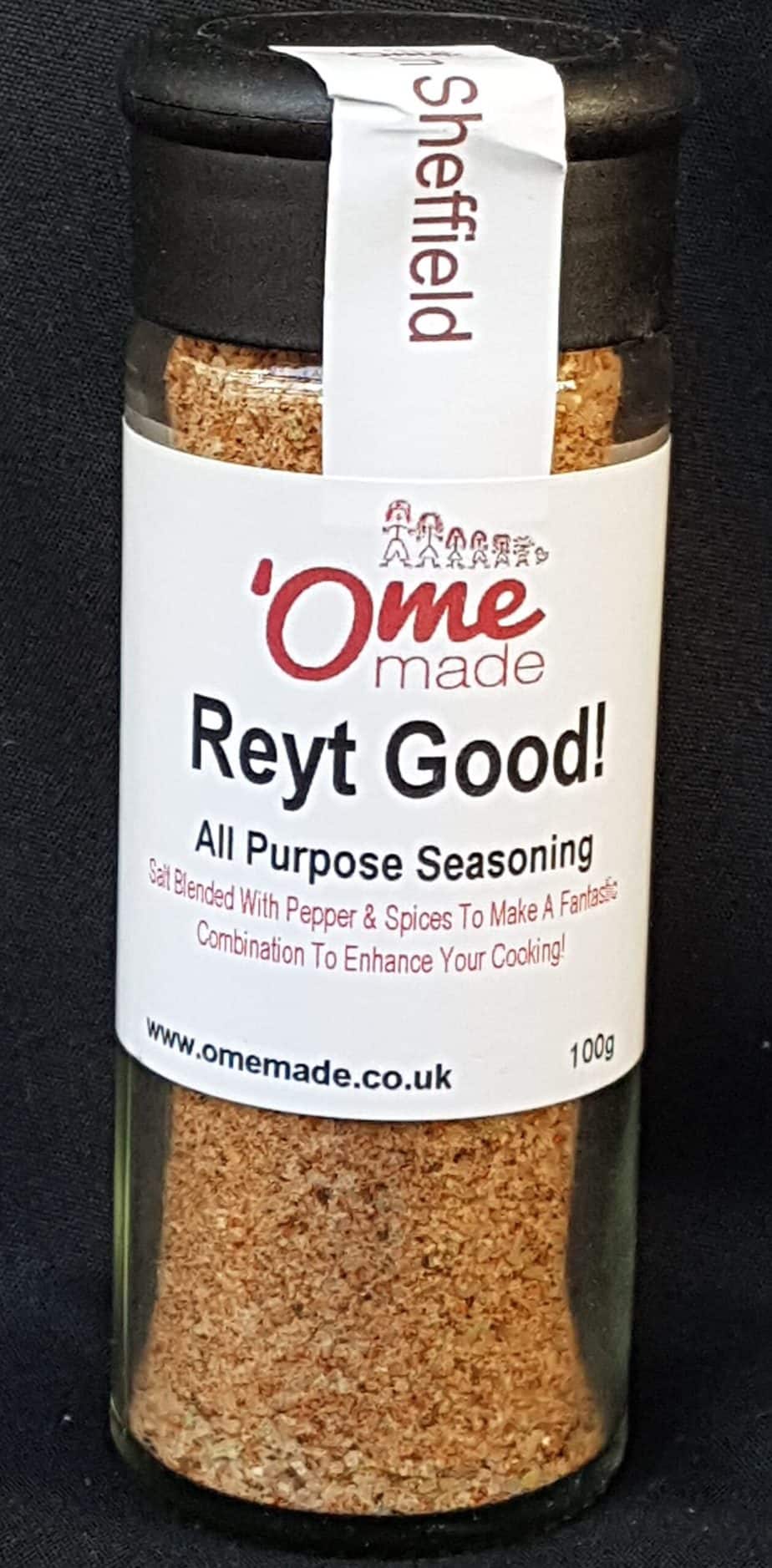I’ve already done a post on making your own curry masala. I thought it was about time I did one on making a curry sauce.
If you’ve had a go at making your own curry masala that’s great but if not then this can be made with curry powder, paste or a basic mix of spices that I will put in the recipe.
One of the most important processes in making a good curry sauce is the cooking of the onions. The idea is to cook as much water out of the onions as possible.
My method for doing this is to puree the onions, along with the garlic and  ginger, in a liquidizer or food processor before they are cooked. If you haven’t got a liquidizer or food processor the onions, garlic and ginger can be cooked and then a hand blender can be used to puree your sauce at a later stage. If you have none of the above appliances you can still make a good curry, it just won’t have that texture of an Indian restaurant cooked curry.
ginger, in a liquidizer or food processor before they are cooked. If you haven’t got a liquidizer or food processor the onions, garlic and ginger can be cooked and then a hand blender can be used to puree your sauce at a later stage. If you have none of the above appliances you can still make a good curry, it just won’t have that texture of an Indian restaurant cooked curry.
With the following recipe don’t worry about exact quantities, it’s more about the technique and I’m sure most people will customise the recipe to their own taste.
Once the sauce is made it’s up to you what you want to serve in it. I will also give some pointers on how to turn this basic curry sauce into your favourite Indian curry.
Basic Curry Sauce (enough to feed four people with about 1lb/500g of main ingredient)
1 large onion (or 2 medium) roughly chopped (finely chopped if you have no way of pureeing).
3 big fat cloves of garlic (or more if you’re a real garlic fan) chopped roughly
2oz fresh ginger (a piece as big as your thumb) chopped
1 teaspoon of cumin seeds
1/2 teaspoon fenugreek seeds
1 level tablespoon of curry masala/powder/paste (or 1 level teaspoon of ground cumin, coriander, paprika, cinnamon, turmeric, ground ginger and chilli powder)
1 teaspoon sugar
1 teaspoon salt
1 tablespoon tomato puree
1 240g tin chopped tomatoes
1lb/500g of main ingredient (chicken, lamb, beef, prawn or vegetables)
Chopped fresh coriander to finish the curry off (and some turmeric, allspice, dried mint and garam masala)
Method
In a liquidizer/food processor/blender puree your onion garlic and ginger (they can be mixed)
In a large pan put about 6 tablespoons of oil (not olive or anything else strong flavoured). If you have ghee that’s even better.
Gently heat the oil and add the whole spices. Fry for about 30 seconds.
Add the onion, garlic and ginger. Fry gently for about 10 minutes.
Add your masala/curry powder/paste and fry gently for a minute or so adding a splash of water if it’s catching.
Stir in the tomato puree and again cook for a minute.
Add the salt and sugar.
Now add some water to the pan (about 500ml). Bring to the simmer and cook for about 20 minutes until the mixture has reduced and quite thick again.
 If you didn’t puree your mixture earlier then you can puree the sauce now using a hand blender.
If you didn’t puree your mixture earlier then you can puree the sauce now using a hand blender.
The chopped tomatoes can now be added (if you want a really smooth sauce you can blend again).
The sauce should be a nice thick consistency, if it’s too thick add a bit more water or stock.
Bring the sauce to the simmer and add your main ingredient.
Diced chicken will take around 20 – 30 minutes to cook. Diced lamb wants to cook for a good 75 – 90 minutes. If you are doing a vegetable curry I would par-cook the vegetables and then finish them off in the sauce for the last 20 minutes.
20 minutes before your curry is ready add the chopped coriander and a pinch of all spice, turmeric and dried mint and a teaspoon of garam masala.
Check for seasoning and add a little more salt if needed.
If the sauce is a little runny finish the curry off on the hob without the lid on.
I have to mention at this point that as I am writing this Kit is preparing some onions for a curry tonight. I also have to mention that Kit has forgotten to put the lid on the blender when pureeing the onions… I don’t think I have to mention that the kitchen is now covered with onions!
Anyway, where was I… Yes cook for a further 20 minutes and your curry will be ready.
Variations
The above recipe makes a medium strength curry but it’s easy to adapt and add other ingredients to make different variations.
For a Madras add 1 tablespoon of lemon juice (fresh or bottled), 1 tablespoon of ground almonds and 2 teaspoons of chilli powder 20 minutes from the end of cooking.
For a Korma add 1 tablespoon ground almonds, 3 tablespoons of cream and 2 teaspoons of sugar 20 minutes from the end of cooking.
For a Dupiaza fry 1 teaspoon of cumin seeds, 1 roughly chopped onion until caramelised add to the curry 20 minutes before the end of cooking.
For a Rogan Josh toast some flaked almonds, roughly chop 4 large tomatoes and add to the curry 20 minutes before the end of cooking.
For a Jalfrezi add 4 roughly chopped tomatoes, 6 chillies roughly sliced and two teaspoons of turmeric 20 minutes before the end of cooking.
For a Tikka Massala add 1 tablespoon tomato ketchup, 2 tablespoons of cream and 1 teaspoon of sugar 20 minutes from the end of cooking.
Or of course you can experiment with your own ‘add ins’!
I can especially recommend a curry made with the leftover Christmas turkey, cranberry sauce and cream… to be honest I think it went down better than the Christmas dinner itself!
Speaking of Christmas… I still haven’t done the cake or pudding!















